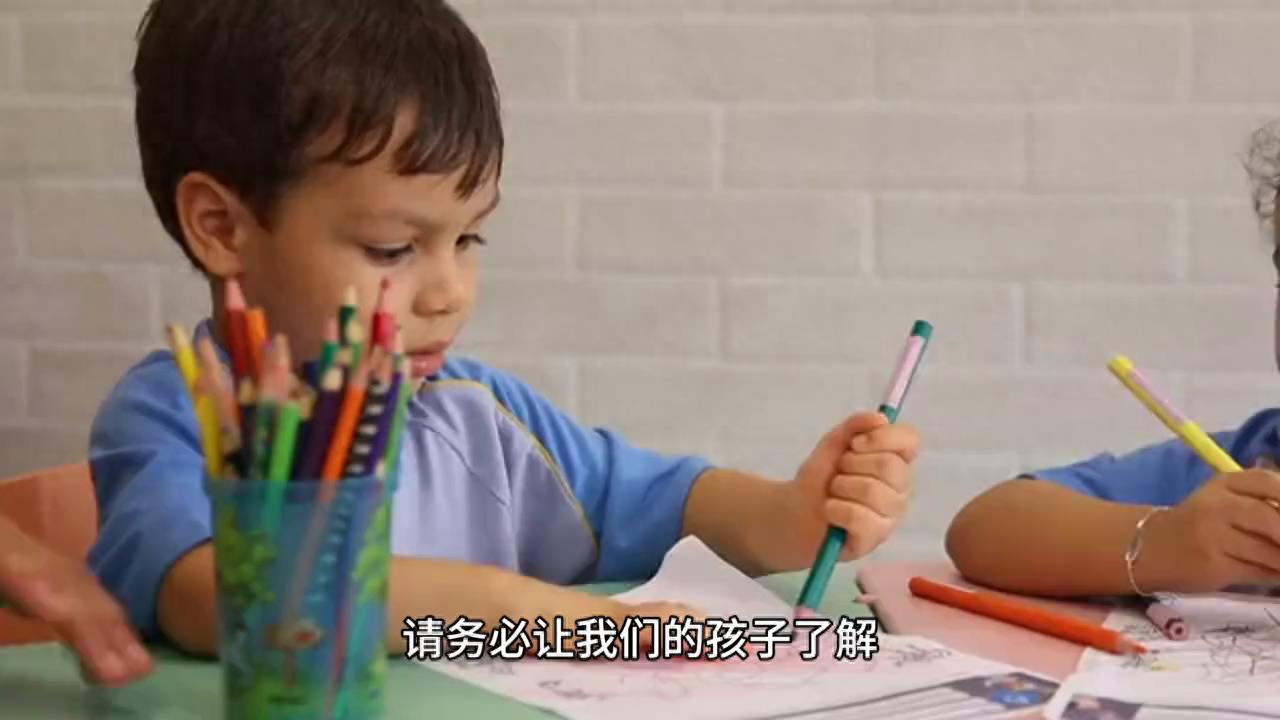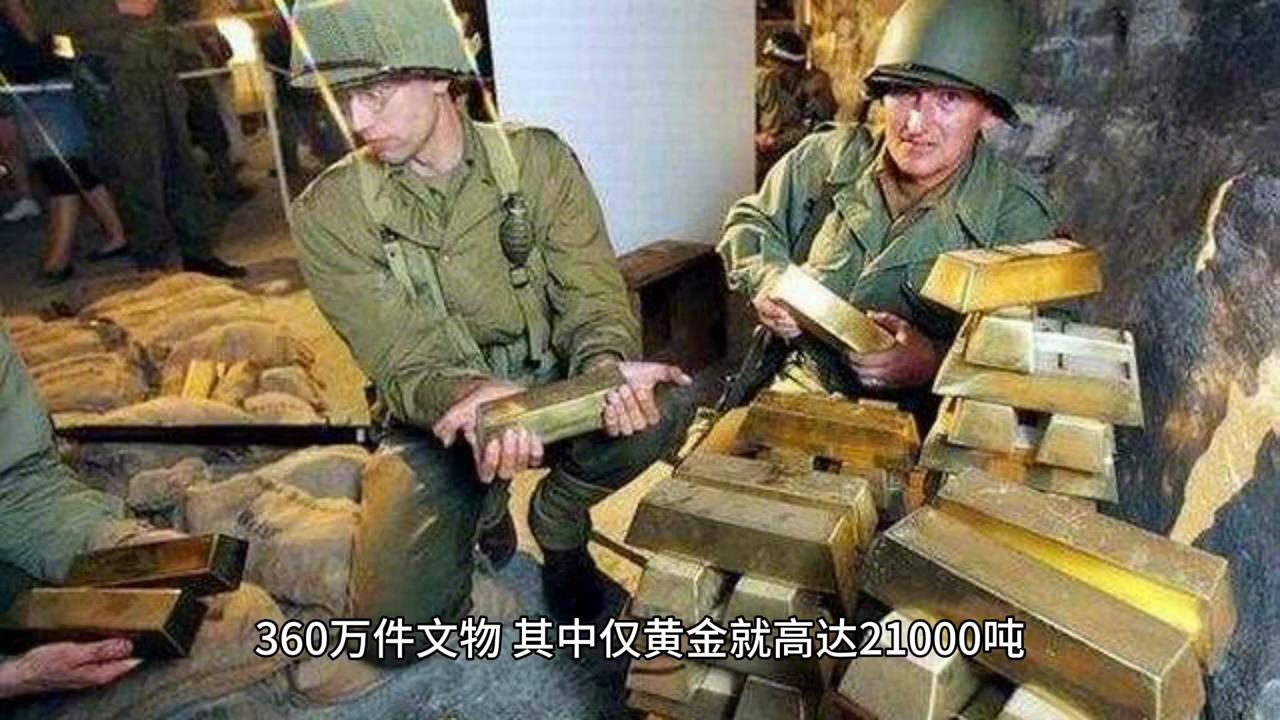Fashion, which is called fashion in English, is defined on Baidu as the fashion at that time and a temporary habit. A combination of fashion immediacy and fashion.
Everyone has a different understanding of fashion.
Some people think that fashion means being unconventional, going its own way and being different; Some people think that fashion is simple and free, following the heart and pursuing self; Others think that fashion is beautiful makeup, decent clothes and beautiful appearance …
Everyone has his own fashion in his heart.
Fashion is usually the spokesman of the trend, and it can represent the trend, but there are essential differences between fashion and trend: the trend is popular, while the fashion is relatively small; A thing becomes popular from a small crowd, which is the trend. Fashion not only describes things, but also often describes a person’s overall dress, words and deeds, posture, etc. Fashion combines popular elements and details, and through patchwork and collocation, it wears its own personality and shows its own taste.
Fashion is expressed in a variety of ways, and there is no fixed pattern:
Fashion is an attitude towards life.
The window is bright and clean, a book, a cup of tea, a bunch of flowers, a few idle clouds, clumps of flowers and trees, all the way to the small courtyard …
There is no noise, no intrigue, only a sense of freedom that depends on Yunshan.
Watch the flowers bloom and fall, and watch the clouds roll and relax.
In the years of travel-stained, give yourself a safe and quiet; Less debauchery, less desire entanglement, and the beauty of life has always been …
Fashion is a kind of self-expression.
Your makeup, your expression, your clothes, your posture, and all your exteriors are a kind of self-expression. Needless to say, your exterior has shown people who you are.
Fashion means not paying too much attention to traditional ideas and other people’s opinions, but more about showing one’s preferences and personality, using clothes to realize oneself and wearing what one likes.
When a woman finds a style that suits her, she really understands the true meaning of fashion.
Fashion is being yourself.
People who know how to be themselves can cope with life more calmly and get along with the outside world more comfortably.
Fashion is a mental outlook.
Zhang Shiying, an aesthetician, said: There are four realms in life: the realm of desire, the realm of knowledge, the realm of morality and the realm of aesthetics, with aesthetics as the highest realm.
We create social value and realize self-value, all of which are rooted in the pursuit of beauty. Everyone has a love of beauty.
A real beauty lover, she is beautiful all the time. No matter what kind of environment she lives in, she will always remain exquisite, and this beauty carved in her bones is the real fashion.
China’s Last Noble-Nian Cheng
She went to prison innocently, and her family was ruined. But no matter how many hardships she went through, Nian Cheng in prison still dressed appropriately, and still maintained her exquisiteness and attention.
In the damp and dark prison, she kept some rice that was not enough or even enough for every meal as paste, and posted toilet paper on the wall along the bed one by one, so that her bedding would not be stained by the dust on the wall.
She borrowed a needle and thread to sew towels into toilet seats; Cover the washbasin for water storage to prevent dust …
She is a real spiritual aristocrat, a person who integrates fashion and beauty into her living habits.
Beauty is everywhere.
Everyone on the street is a walking landscape. The story in the eyes, the expression on the face, the language in the mouth, the clothes on the body, and the gestures are all manifestations of personal fashion.
Learn to dress easily and enjoy the beauty of dressing up; Put a relaxed and happy heart under simple and comfortable clothes; Stop, enjoy a slow life and take every little thing in life seriously; Pay attention to details, pursue the ultimate, pay less attention to glitz and utility, and pay more attention to precipitation, so that the beauty of fashion can really bloom.
Be yourself. Fashion is a kind of wisdom.



